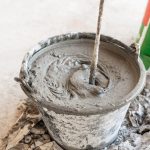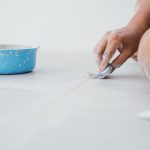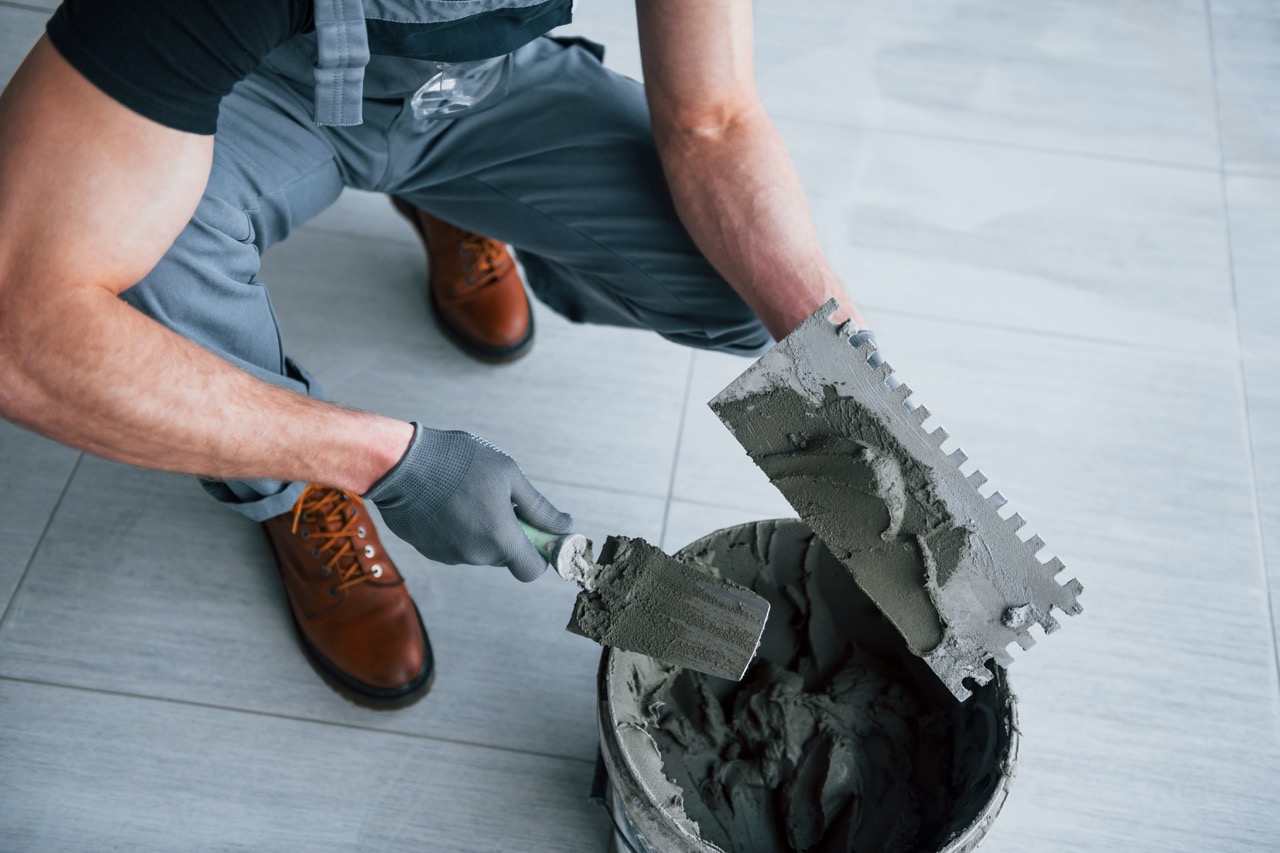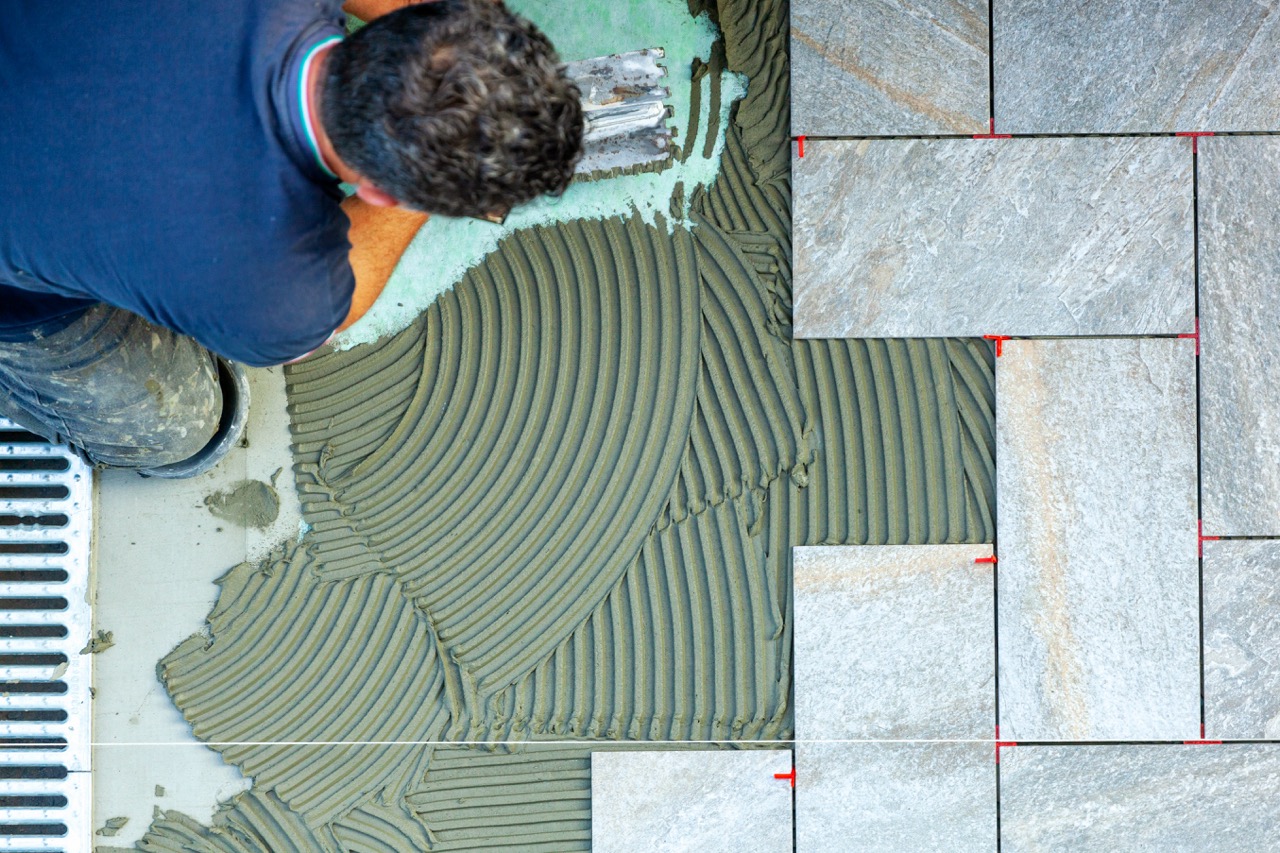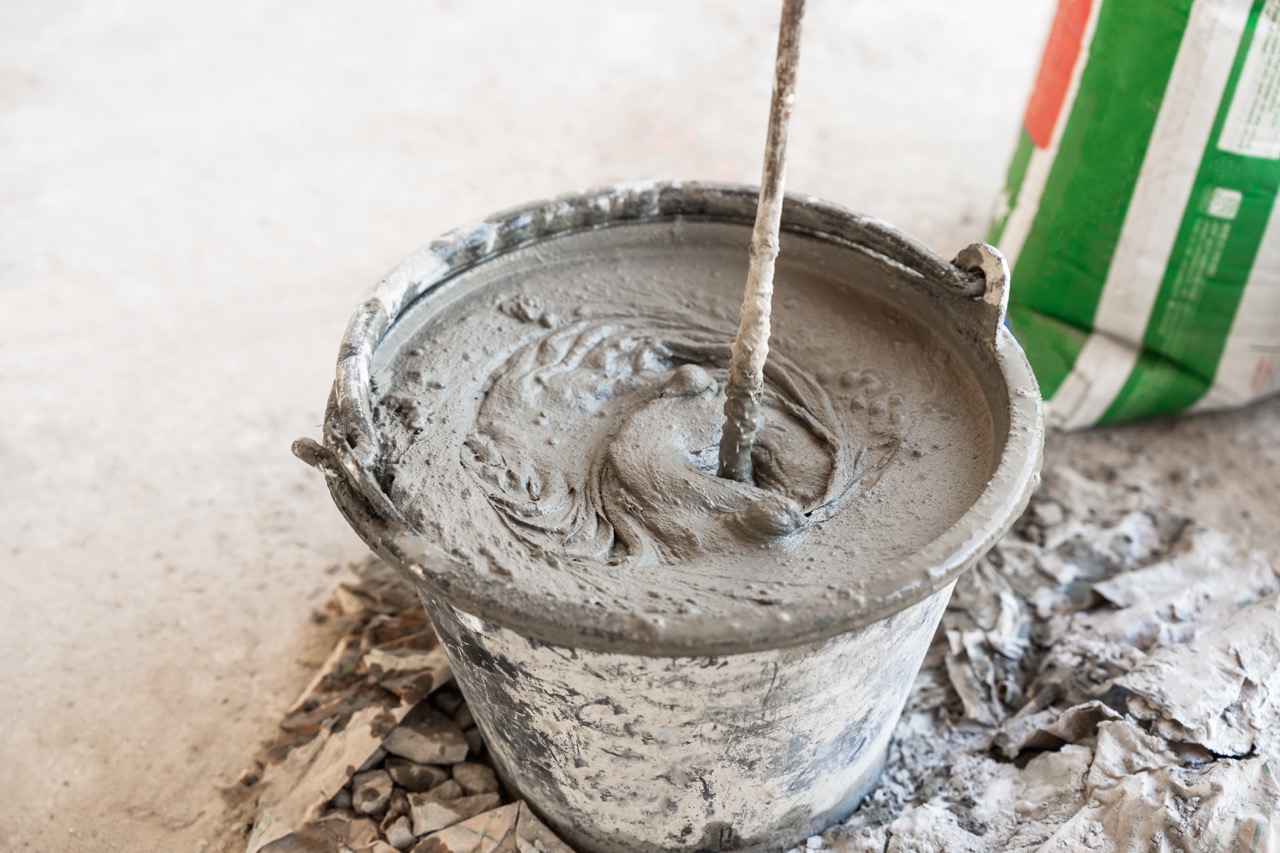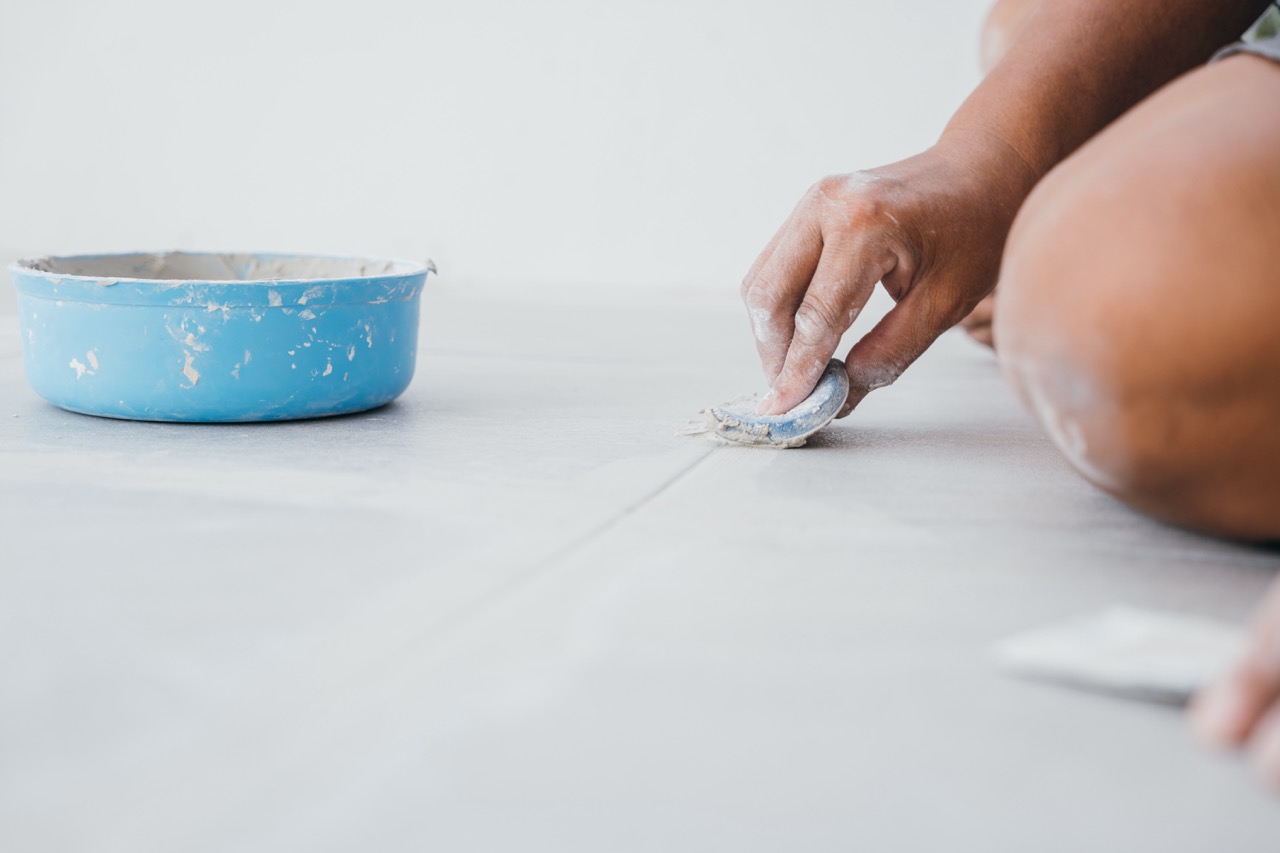Cleaning tile grout is one of those chores that most homeowners would rather avoid, but it makes a huge difference in the look and feel of a kitchen or bathroom. Grout lines, over time, tend to collect dirt, mold, and discoloration, making even new tiles appear old and grimy. When it comes to tackling this issue, two common solutions are grout pens and bleach. While bleach has been the go-to for decades, grout pens have emerged as a user-friendly, budget-conscious alternative that promises an instant refresh. But which one actually gets the job done better? Let’s dive into the details.
Understanding How Grout Pens and Bleach Work on Tiles
Grout pens are essentially paint markers designed to recolor tired and stained grout. Rather than removing dirt at a deep level, grout pens cover up discoloration, giving your grout a fresh, clean look almost instantly. They’re available in different shades, so you can either restore your original grout color or switch things up with a new hue. For anyone short on time, grout pens offer quick, visible results without the need for heavy scrubbing.
Bleach, on the other hand, works by chemically breaking down stains, mold, and bacteria. It’s not just a cover-up; it sanitizes and whitens grout by lightening the embedded dirt. However, bleach often requires repeated scrubbing, proper ventilation, and protective gear. While it can be effective for surface stains and mildew, its reach has limits—it doesn’t always penetrate deep into older grout, and the whitening effect may not last.
The main difference lies in how each product interacts with the grout. Grout pens mask imperfection with pigment, while bleach tries to restore grout by removing dirt chemically. Depending on whether you want a quick cosmetic solution or a thorough, deep clean, you may find yourself leaning toward one option more than the other.
Comparing Cleaning Power and Long-Term Results
If your goal is purely cosmetic—making your bathroom or kitchen sparkle for guests or a rental inspection—grout pens tend to deliver instant gratification. In just a few strokes, the dingy lines between tiles transform into crisp outlines, brightening the entire surface. The effect can last for several months to over a year, depending on foot traffic and cleaning habits. For budget-conscious renovators, that’s a huge win without calling in professionals.
Bleach, while effective at killing bacteria and whitening grout, doesn’t always deliver the same long-term visual upgrade. Grout is porous, and stains often seep deeper than surface-level treatments can reach. Even after bleaching, grout may still look patchy or regain its discoloration within weeks. Heavy or repeated use of bleach can also weaken grout over time, leading to cracks or erosion, which means more repairs down the line.
In other words, bleach works as a temporary cleaner but not necessarily a solution for grout that has been permanently stained. Grout pens, by covering and resealing, give the lines a uniform finish and longer-lasting improvement. Many homeowners find that using a grout pen after a basic cleaning—rather than scrubbing endlessly with bleach—saves both time and frustration.
Step-by-Step Tips for Using Grout Pens Effectively
-
Start with a clean base. Even though grout pens cover, you don’t want to apply them over soap scum or loose debris. Wipe down the tiles with a mild cleaner and dry the area completely before beginning.
-
Test in a small area. Grout pens can vary in consistency, so it’s a good idea to test a discreet corner first. This ensures the shade matches your desired look and the ink flows smoothly.
-
Apply with steady pressure. Use slow, even strokes along each grout line, letting the pigment absorb into the porous surface. If needed, apply a second coat for extra coverage. For neatness, you can keep a damp cloth on hand to wipe away any overflow that gets on the tiles.
-
Seal and maintain. Some grout pens come with built-in sealant, while others may require a topcoat for durability. Adding a sealant extends the life of your refreshed grout, helping it resist dirt and moisture.
By following these steps, even beginners can revamp their grout in a single afternoon. The process is simple, mess-free, and far less exhausting than hours of scrubbing with bleach.
Choosing the Best Option for Your Home and Budget
If you’re a homeowner preparing for resale or just want your tiles to look new again, grout pens provide a quick and affordable refresh that bleach simply cannot match. They’re especially useful for small-to-medium spaces, such as a bathroom floor or kitchen backsplash, where new grout installations would be costly and time-consuming.
Bleach may still serve a purpose in your cleaning routine—it’s great for tackling moldy spots or sanitizing high-moisture environments. However, relying solely on bleach as your grout “fix” can be frustrating when stains refuse to budge or the grout continues to look uneven. Think of bleach as a cleaner but grout pens as a makeover tool.
Ultimately, your choice depends on what you’re aiming for: a cleaner grout that might still look aged, or grout lines that instantly appear brand new. For most DIYers and renters who want visible results without breaking the bank, grout pens strike the best balance between cost, ease, and aesthetics.
When it comes down to grout pens versus bleach, the winner depends on your expectations. Bleach can clean, disinfect, and brighten grout temporarily, but grout pens go beyond cleaning by restoring the grout’s appearance altogether. For households that value efficiency and long-lasting freshness, grout pens offer a smarter solution without the harsh fumes and repeated scrubbing. Whether you’re sprucing up before guests arrive, tackling a renovation project on a budget, or simply tired of living with dull grout, grout pens can give your tiles the rejuvenated look you’ve been hoping for.

